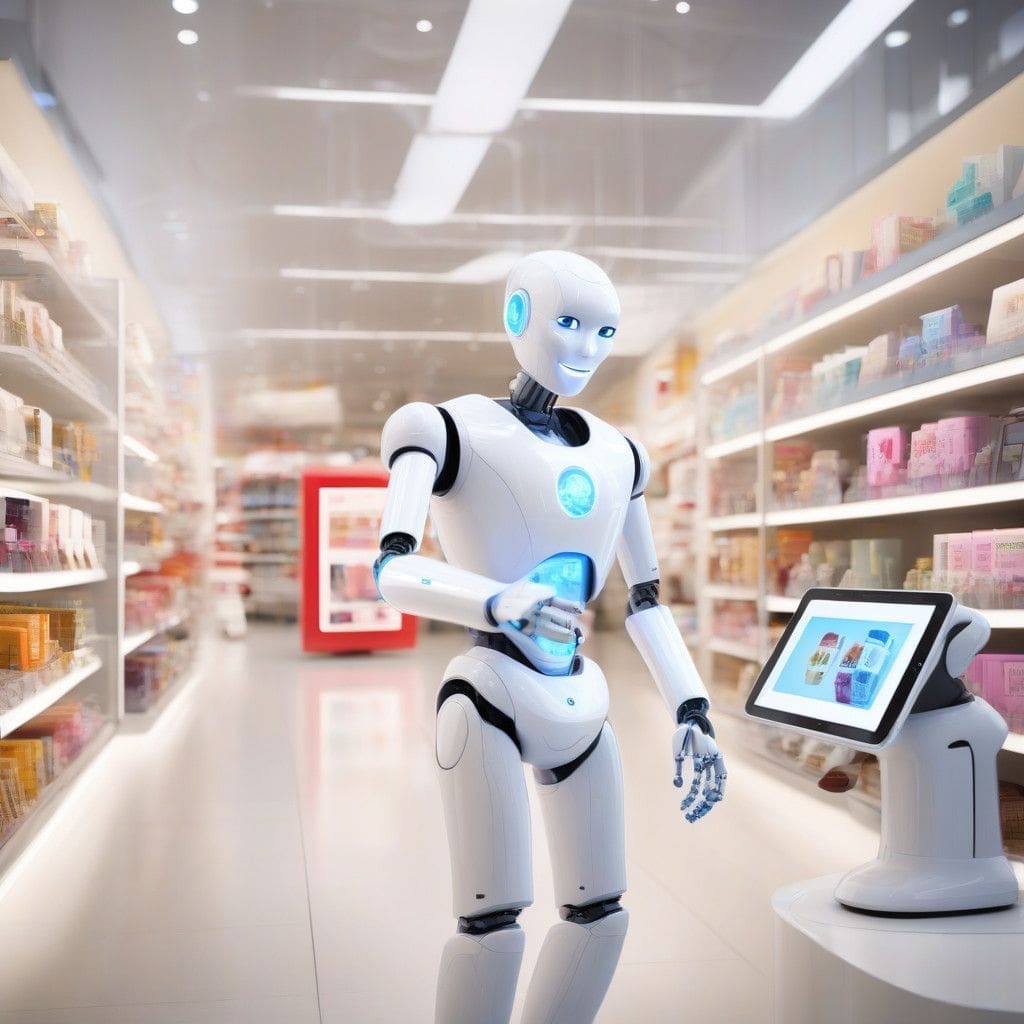The landscape of retail is witnessing a significant transformation with the integration of robots into shopping environments. This is not merely a technological gimmick; it’s a fundamental shift that aligns with evolving consumer expectations. A recent survey indicates that shoppers are increasingly favoring stores that utilize robots, with a notable 96% of participants expressing a neutral or positive attitude toward robotic assistance in retail settings. In a market where differentiation is key, this trend suggests that retailers not adopting robotic technology risk alienating a growing segment of tech-savvy consumers.
The New Shopping Experience
Robots are not just enhancing operational efficiency; they are redefining the overall shopping experience. For example, frequent shoppers demonstrate a striking 29% greater affinity for stores featuring robots than those who shop less regularly. This preference highlights how consistently engaging with innovative technology can foster customer loyalty. In fact, 61% of survey respondents indicated they would be more inclined to choose a store equipped with robots, reflecting a deepening trust in these technological innovations.
One of the main benefits of integrating robots into retail environments is their ability to address common shopper frustrations. Issues like inconsistent pricing, confusing promotions, and out-of-stock products plague many retail experiences. Robots shine in this arena, enhancing on-shelf accuracy and ensuring that shoppers encounter a seamless experience. According to the survey, a robust 63% of respondents believe that robots can significantly improve product availability and price accuracy.
Consider the example of Anna, a mother of four who once had to navigate multiple grocery stores to secure allergy-friendly products for her twins. Thanks to the implementation of an inventory robot at her preferred store, Anna can now shop in one location. The robot ensures her necessary items are consistently available, drastically improving her shopping efficiency and providing peace of mind. Moreover, the robot’s presence makes shopping enjoyable for her children, transforming what was once a tedious chore into a family outing.
Building Trust Through Technology
The integration of robots in retail settings is also fostering a deeper trust between consumers and retailers. Kenneth, another survey participant, emphasizes this point. After recovering from a serious health procedure, Kenneth approaches shopping as part of a commitment to healthier living for his family. He finds comfort in knowing that the robots in his local grocery store provide accurate information on product availability and pricing. This reassurance enhances his shopping experience, making it not just about purchasing items but about making informed, healthy choices for his loved ones.
Moreover, the data suggests that repeated exposure to robots increases consumer favorability. A remarkable 100% of shoppers who initially liked seeing a robot in-store maintained that sentiment after multiple interactions. Younger consumers, in particular, exhibit the highest levels of approval, indicating that early adopters among retailers are likely positioning themselves for long-term success with the next generation of shoppers.
Transforming Retail into Entertainment
In addition to improving shopping accuracy and customer satisfaction, robots are turning the retail environment into a more engaging space. For example, Glenda brings her grandchildren to their local grocery store not just to shop but to enjoy their interactions with the store’s robot. This positive engagement often leads to unplanned purchases, as the shopping trip becomes rooted in quality family time rather than a mere chore.
Overall, shoppers report feelings of curiosity, happiness, and interest when encountering robots in retail spaces, contributing to a desirable atmosphere that many retailers aim to create. Contrary to fears that robots might detract from the personal touch of shopping, the evidence suggests that a majority of consumers perceive robotic-enabled stores as more innovative and customer-centric.
The Imperative for Adoption
As competition ramps up and consumer expectations evolve, the retail landscape is increasingly leaning towards automation as a core feature rather than an optional add-on. Retailers that delay integration risk falling behind their competitors. Robots are not just a trend; they have become an essential aspect of modern retailing that can drive operational efficiency while enhancing the consumer experience.
In conclusion, the introduction of robots into retail environments is reshaping how consumers interact with stores. By alleviating common frustrations, fostering trust, and transforming shopping into an entertaining experience, retailers employing robots can cultivate a loyal customer base. As consumer preferences continue to evolve, integrating robotic technology will likely shift from a competitive edge to a necessity for survival in the retail landscape.
